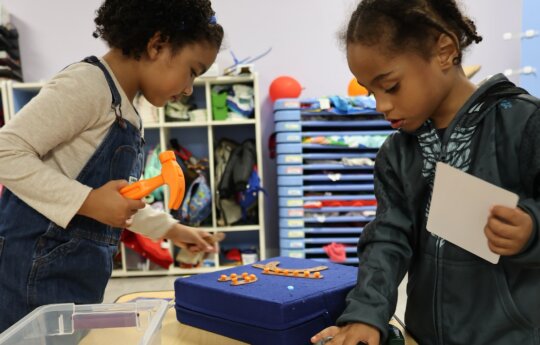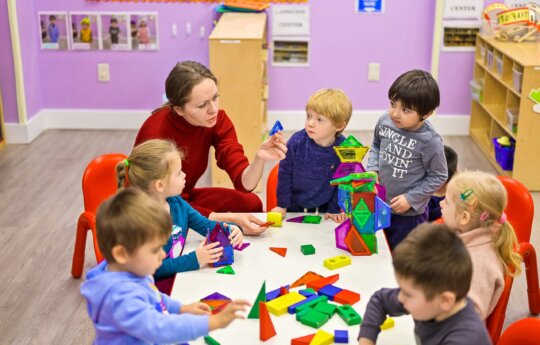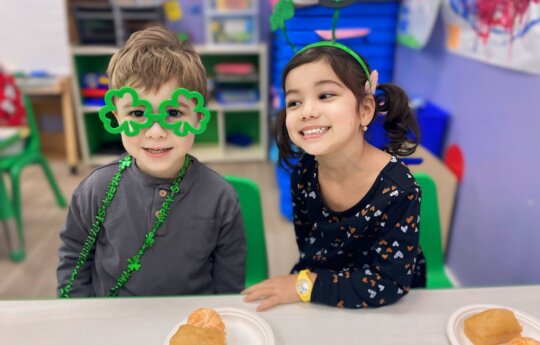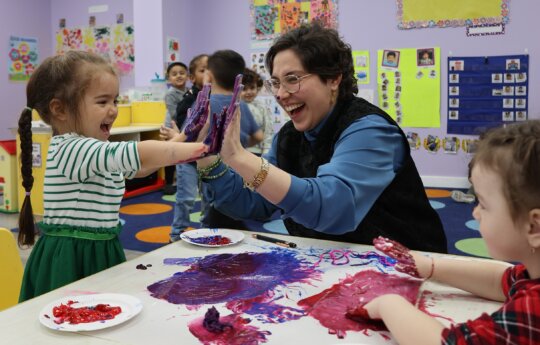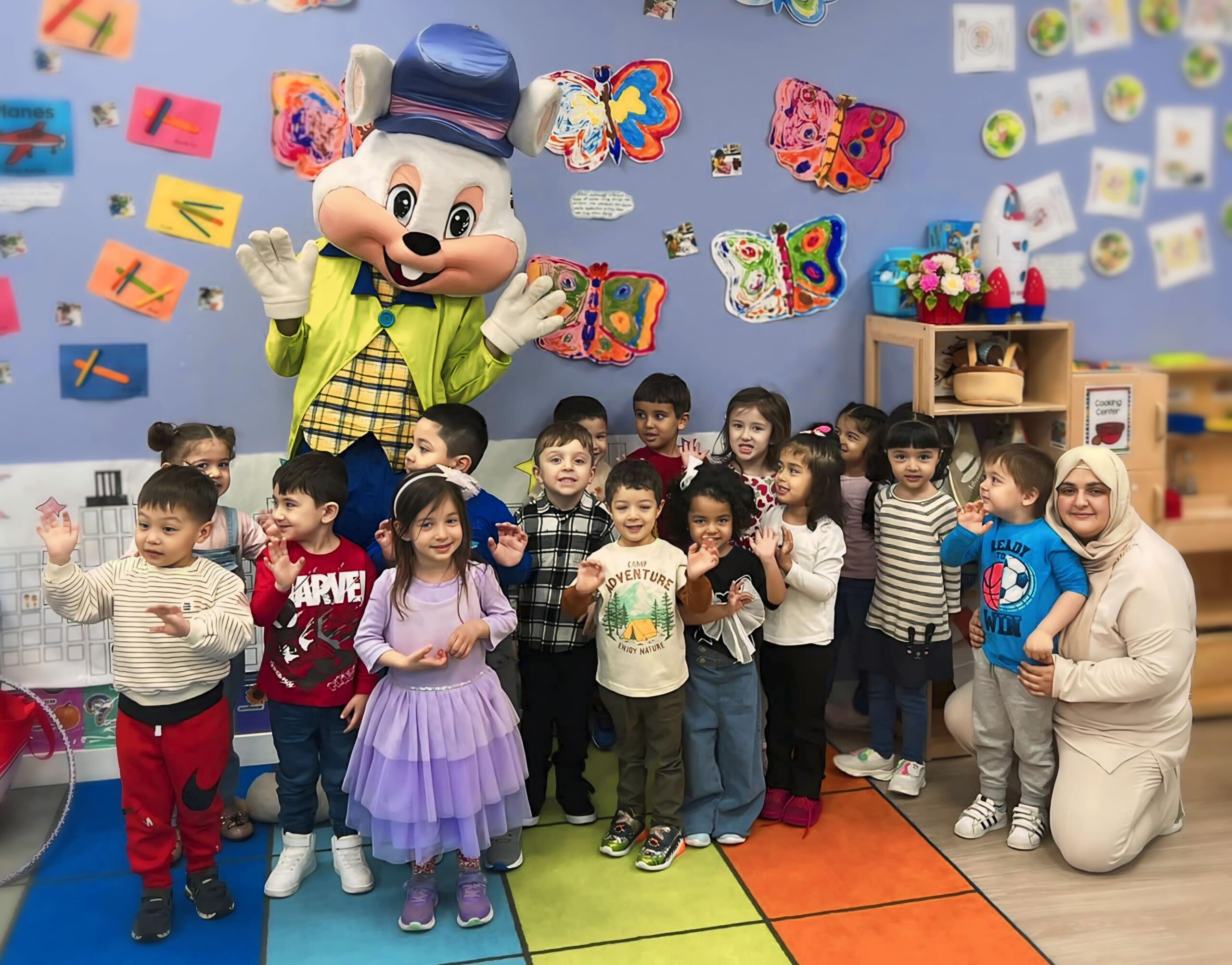
Easter is a time of joy and renewal, celebrated with a blend of religious traditions, springtime festivities, and imaginative tales of the Easter Bunny. For children, it’s a magical period filled with the wonder of egg hunts, the excitement of Easter baskets, and the fun of crafting and games. Teaching kids about Easter offers a wonderful opportunity to explore themes of new beginnings, the changing seasons, and the cultural stories that bring communities together.
In our article, we delve into the essence of this cherished holiday, focusing on how to present its significance to children in an engaging and age-appropriate manner. We’ll explore a variety of Easter traditions, from the symbolic to the playful, and provide a treasure trove of ideas for crafts and activities that are perfect for daycare settings. We aim to equip you with creative tools and knowledge to make Easter a memorable and educational experience for the little ones, ensuring they learn about the holiday and enjoy every moment of it.
Explaining Easter to Kids
Explaining Easter to children can be a delightful experience, filled with stories of springtime and renewal. When conveying the meaning of Easter to young minds, it’s important to tailor your approach to be age-appropriate, engaging, and sensitive to diverse backgrounds.
Tips on How to Explain the Meaning of Easter to Children in an Age-appropriate Way
Start with the Basics
Begin by introducing Easter as a special time when people celebrate new life and the arrival of spring. For younger children, focus on the easily observable aspects of the season, such as blossoming flowers, baby animals, and the concept of growth and renewal.
Use Simple Language
Explain the traditions and symbols of Easter in simple terms. For example, eggs represent new life, and the Easter Bunny is a playful character who brings treats and hides Easter eggs. Keep explanations light and positive to capture their interest and imagination.
Share Stories
Incorporate stories and books that illustrate the Easter theme, choosing narratives that highlight joy, kindness, and community spirit. Whether it’s a tale about a bunny’s springtime adventure or a story that gently introduces Easter’s historical and cultural aspects, make sure it’s relatable and enjoyable for children.
Make It Interactive
Engage kids with questions and encourage them to express their thoughts about Easter. This interactive approach not only aids their understanding but also makes the learning process more dynamic and personal.
Be Inclusive
Recognize and respect the diversity of beliefs and traditions within the classroom. Highlight the universal themes of Easter, such as love, hope, and renewal, which everyone can appreciate, regardless of their background.
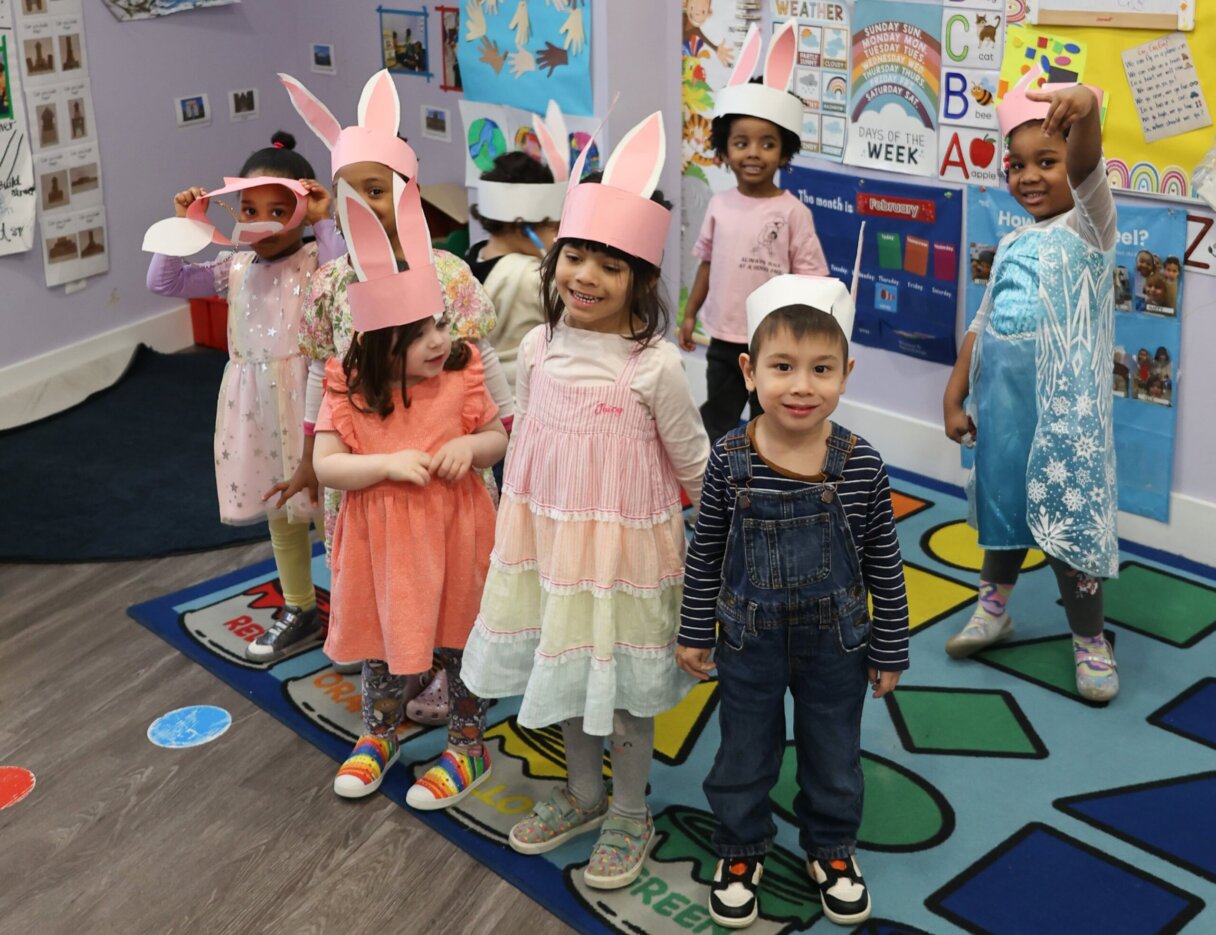
The Legend of the Easter Bunny
Originating from German folklore, the Easter Bunny, or Easter Hare, was believed to evaluate whether children were good or disobedient at the start of the Eastertide season. On the night before Easter Sunday, the bunny would then bring colored eggs, candy, and sometimes even toys to the homes of well-behaved children. Over time, this story evolved and spread, becoming a central figure in Easter traditions across various cultures, especially in the United States and Europe.
Belief in the Easter Bunny
Children typically begin to embrace the magic of the Easter Bunny at a very young age, often around 3 or 4 years old, when they start to understand and participate in Easter traditions. The belief in the Easter Bunny is a playful and innocent part of childhood, akin to belief in other fantastical figures like Santa Claus or the Tooth Fairy.
Age of Skepticism
The age at which children stop believing in the Easter Bunny varies but generally occurs between the ages of 7 and 10. This change often happens as children’s cognitive abilities develop, and they begin to question the logistics and reality of a bunny delivering treats to all the children around the world. Peer influence, older siblings, or the natural questioning of fantastical elements of the story can also play a role in this transition.
Nurturing the Magic
While belief in the Easter Bunny may fade, the joy and traditions of the holiday can still be enjoyed. Parents and educators can shift the focus from the literal belief in the Easter Bunny to the broader themes of the holiday, such as joy, generosity, and the beauty of spring, thus preserving the enchantment and wonder of Easter for children as they grow.
Easter Story for Preschoolers
“Once upon a time, when the cold, snowy days of winter turn into the warm, sunny days of spring, we celebrate a special time called Easter. It’s a time when flowers start to bloom, baby animals are born, and everything in nature wakes up after the long sleep of winter.
Easter is like the Earth’s big birthday party, where everything becomes colorful and alive again. Long ago, people started celebrating Easter because it was a way to say ‘hello’ to the new life of spring and ‘goodbye’ to the cold days of winter.
They would have feasts, share stories, and enjoy the beauty of nature, seeing in the blooming flowers and trees as a symbol of life and hope. Easter eggs and bunnies became part of this celebration because they are signs of new life. Eggs, which seem quiet and still, open up to bring forth new life, just like the spring season brings new life to the world.
And the Easter Bunny is a joyful and playful creature who hops around in the spring sunshine, symbolizing how happy and lively everything becomes in this beautiful season.
So, during Easter, we celebrate life, joy, and the beauty of our world as it wakes up from winter, bringing smiles and happiness to everyone.”
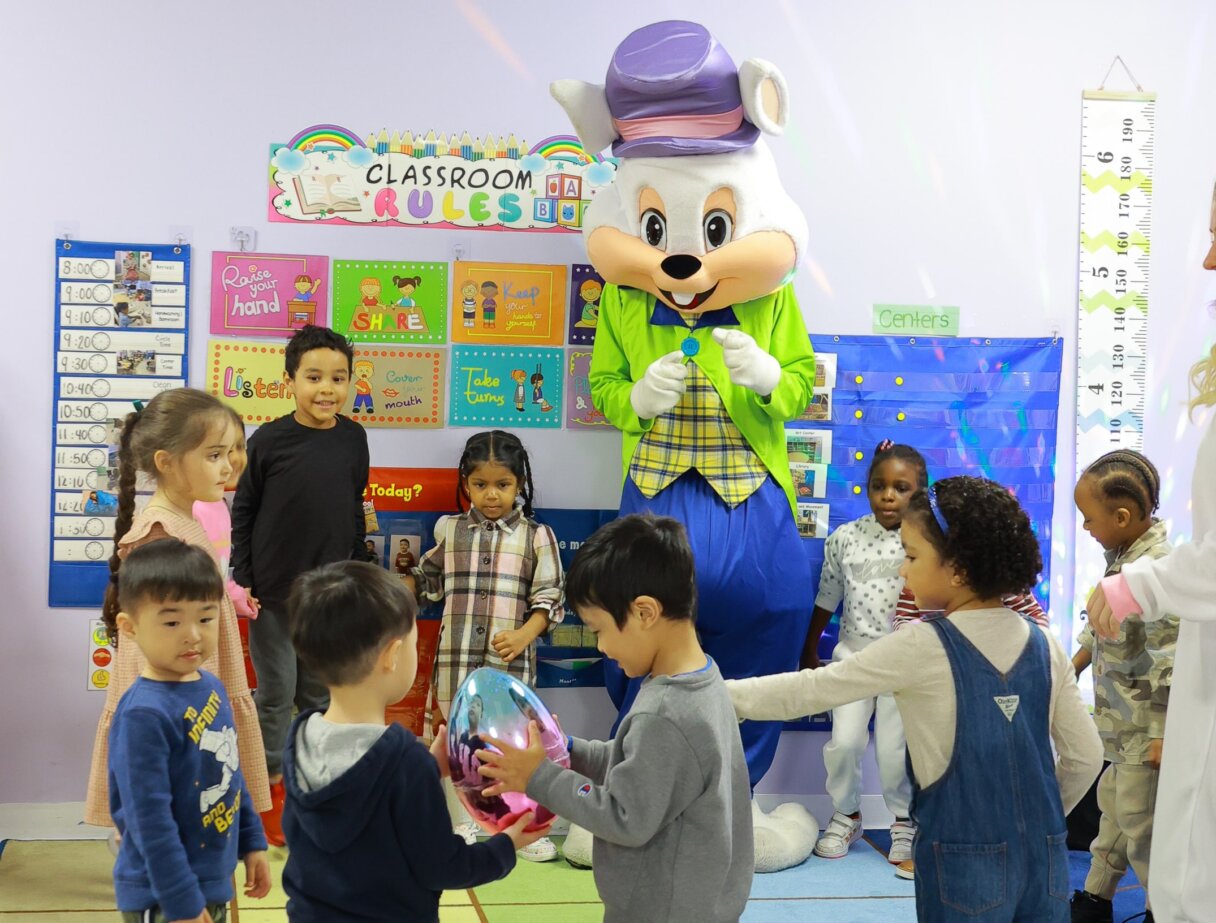
Easter Preparations for Kid
Ideas for What to Get Kids for Easter
When choosing Easter gifts for kids, it’s important to consider their age and interests. Here are some age-appropriate gift ideas that can make Easter special and enjoyable for children of various ages:
Toddlers (1-3 Years)
- Soft Plush Toys: Bunny or chick-themed plush soft and cuddly toys.
- Board Books: Easter-themed board books with bright pictures and simple stories.
- Bath Toys: Floating toys shaped like ducks or frogs to make bath time more fun.
- Building Blocks: Large, easy-to-handle blocks that can be used for simple construction play.
Preschoolers (3-5 Years)
- Easter-Themed Puzzles: Simple jigsaw puzzles with Easter or springtime scenes.
- Play-Doh Sets: Modeling clay in bright colors, possibly with tools for making shapes like eggs or bunnies.
- Sticker Books: Books full of stickers with Easter motifs, such as eggs, bunnies, and flowers.
- Garden Kits: Small, child-friendly gardening kits to grow their own flowers or herbs.
Suggestions for Assembling Easter Baskets
Creating Easter baskets that resonate with different age groups involves combining fun, education, and a little surprise. Here’s how to assemble Easter baskets with fresh ideas for each age group, ensuring each basket brings delight and excitement:
Infants (Under 1 Year)
- Sensory Toys: Soft toys with various textures or gentle sounds to stimulate their senses.
- Teething Toys: Silicone or fabric teething toys in bright colors and safe shapes.
- Bedtime Storybooks: Board books with soothing stories to read before bedtime.
- Baby Accessories: Cute bibs, socks, or a small, soft blanket with a spring theme.
Young Children (4-6 Years)
- Interactive Books: Pop-up books or touch-and-feel books with engaging storylines.
- Dress-Up Items: Bunny ears, fairy wings, or simple costumes for imaginative play.
- Nature Exploration Kits: Magnifying glass, binoculars for kids, or a bug-catching kit.
- Musical Toys: Small instruments like a tambourine, maracas, or a simple keyboard.
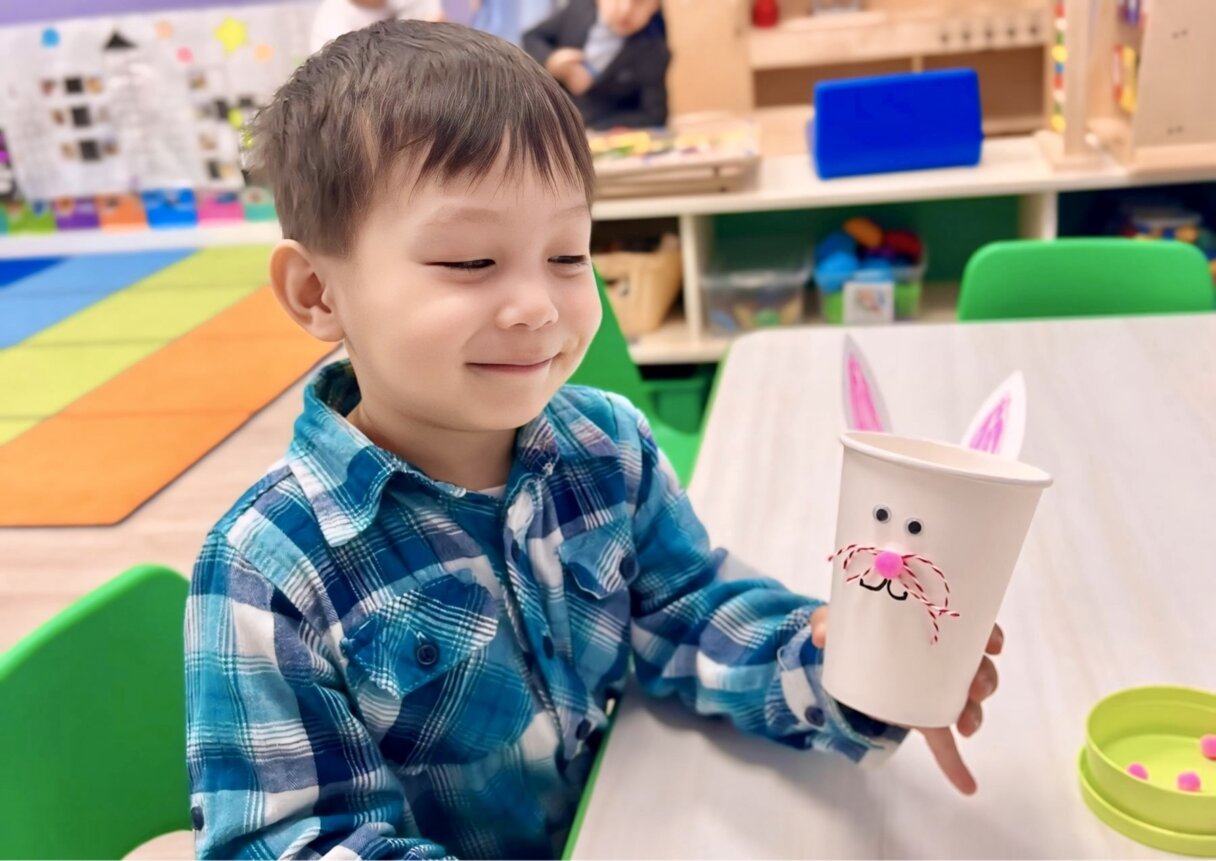
Easter Crafts for Kids
Creating eco-friendly Easter crafts is a wonderful way to celebrate the holiday while teaching kids about sustainability. Here’s a selection of easy, eco-friendly crafts with step-by-step instructions that are perfect for kids:
1. Egg Carton Chicks
Materials:
- Empty egg carton
- Yellow paint
- Googly eyes
- Orange paper (for beaks)
- Glue
- Scissors
Instructions:
- Cut the egg carton into individual cups.
- Paint each cup yellow and let it dry.
- Cut small triangles from the orange paper for the beaks.
- Glue the googly eyes and beak onto the painted cup to make a chick face.
- Optional: Add feathers or other decorations to create wings or tail feathers.
2. Toilet Paper Roll Bunnies
Materials:
- Toilet paper rolls
- White or pastel-colored paint
- Colored paper (for ears and nose)
- Googly eyes
- Glue
- Scissors
- Cotton balls (for tails)
Instructions:
- Paint the toilet paper rolls in white or pastel colors and let them dry.
- Cut out ear shapes from colored paper and glue them to the inside of the roll.
- Glue googly eyes and a small paper triangle for the nose.
- Attach a cotton ball to the back of the roll for the bunny’s tail.
3. Paper Plate Easter Wreath
Materials:
- Paper plates
- Green paint or colored paper
- Tissue paper in various colors
- Glue
- Scissors
- Ribbon or string for hanging
Instructions:
- Cut the center out of a paper plate to create a wreath shape.
- Paint the wreath green or cover it with green paper.
- Cut the tissue paper into small squares.
- Scrunch the tissue squares and glue them around the paper plate to create a fluffy, colorful wreath.
- Attach a ribbon or string to the top of the wreath for hanging.
4. Seed Bomb Easter Eggs
Materials:
- Wildflower seeds
- Water
- Colored paper (recycled paper works great)
- Blender
- Egg mold or similar shape
Instructions:
- Tear the paper into small pieces and soak them in water for about 30 minutes.
- Blend the soaked paper and water into a pulp, then drain any excess water.
- Mix wildflower seeds into the pulp.
- Press the mixture into an egg mold to form the shape, then remove and let it dry.
- Once dry, these seed bombs can be planted in the garden to grow wildflowers.
5. Natural Dye Easter Eggs
Materials:
- Hard-boiled eggs
- Natural dyes (beet juice for red/pink, turmeric for yellow, cabbage for blue, etc.)
- Vinegar
- Water
- Pots for boiling
Instructions:
- Prepare your natural dyes by boiling each dye ingredient in separate pots with water and a splash of vinegar.
- Simmer for 30 minutes, then cool and strain the liquids into bowls.
- Submerge the hard-boiled eggs in the dye solutions. Leave them for several hours or overnight for more vibrant colors.
- Remove the eggs and let them dry to reveal the beautiful, naturally dyed Easter eggs.
6. Recycled Material Easter Baskets
Materials:
- Old cardboard boxes or paper grocery bags
- Paint or fabric scraps
- Glue
- Scissors
- Decorative elements (ribbons, stickers, etc.)
Instructions:
- Cut the cardboard or paper bags into the shape of a basket or use an existing box as the base.
- Decorate the outside with paint, fabric scraps, or any available materials to add color and texture.
- Strengthen the handle and edges with extra layers of cardboard or fabric, securing them with glue.
- Embellish the basket with ribbons, stickers, or hand-drawn designs for a personalized touch.
7. Upcycled Easter Bonnets
Materials:
- Old hats or cardboard to form a hat shape
- Natural materials (flowers, leaves, twigs)
- Recycled decorations (fabric scraps, old jewelry, ribbons)
- Hot glue gun or strong adhesive
Instructions:
- If using cardboard, form it into a hat shape, securing with glue or tape. If using an old hat, ensure it’s clean and ready for decorating.
- Arrange and glue natural materials and recycled decorations onto the hat, creating a festive and colorful design.
- Let the glue dry completely before wearing the bonnet in an Easter parade or as part of a costume.
Easter Activities and Games for Kids
Easter activities and games can be both fun and educational, providing opportunities for children to learn, explore, and develop their skills. Here’s a list of engaging indoor and outdoor activities and games for Easter that emphasize learning and enjoyment:
Indoor Activities
1. Easter Egg Memory Game
Create pairs of Easter-themed images or words, place them on cards, and use them for a classic memory-matching game.
2. Bunny Hop Dance Party
Play lively music and encourage children to hop like bunnies, enhancing their physical coordination and rhythm.
3. Easter Story Time
Read Easter-themed books, focusing on stories that teach lessons about sharing, kindness, and the renewal of spring.
4. Egg Tower Challenge
Using plastic Easter eggs, children try to build the tallest tower, promoting problem-solving and fine motor skills.
5. Easter Egg Decorating
Paint or dye eggs with various techniques, fostering creativity and artistic expression.
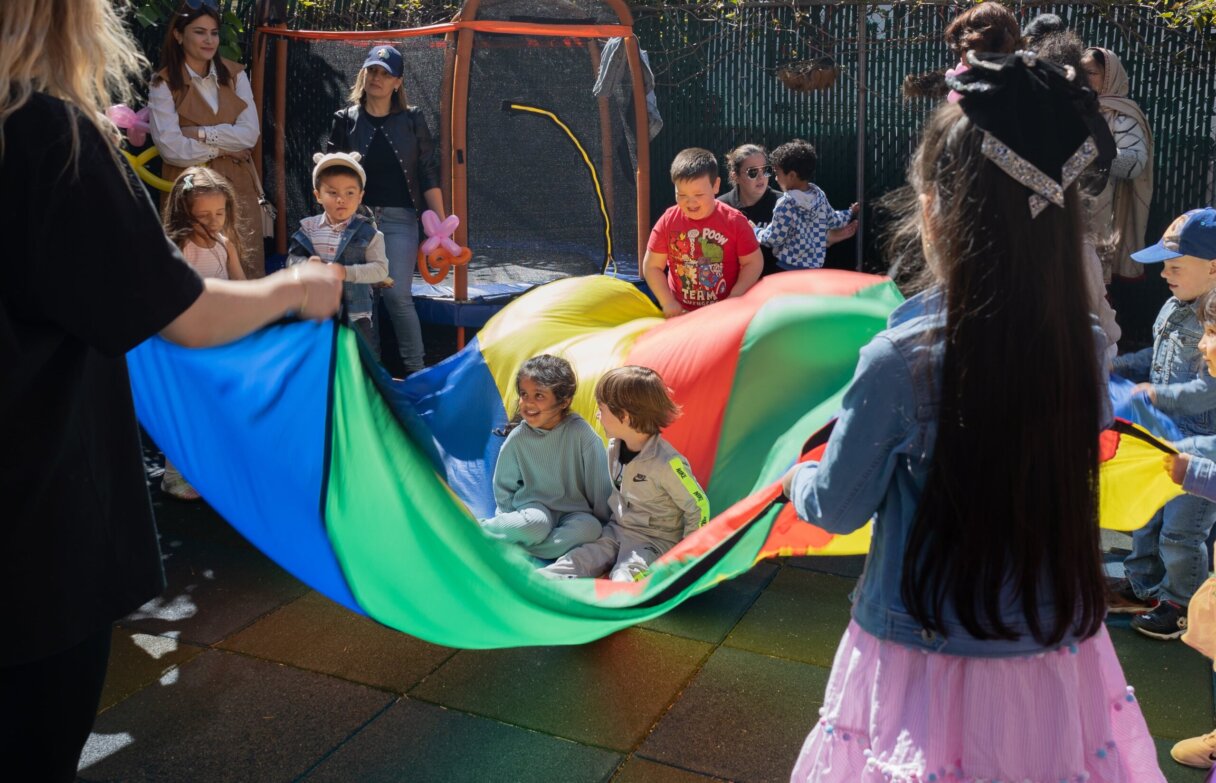
Outdoor Activities
1. Easter Egg Hunt
Hide eggs with clues or challenges that lead to the next egg, integrating learning elements such as math problems or literacy tasks.
2. Nature Scavenger Hunt
Create a list of springtime items for children to find outdoors, encouraging exploration and observation of nature.
3. Egg and Spoon Race
Balance an egg on a spoon and race to the finish line without dropping it, developing balance and coordination.
4. Garden Planting
Plant flowers or vegetables in a garden, teaching children about plant life cycles and responsibility.
5. Bunny Tag
Play a game of tag where the “it” person hops like a bunny, promoting physical activity and playful interaction.
Easter Movies and Books for Kids
Toddlers (1-3 Years)
Movies
- “Guess How Much I Love You: An Enchanting Easter”: This gentle story, following the adventures of Little Nutbrown Hare, is ideal for toddlers. It emphasizes themes of love and exploration.
- Group Viewing Suggestion: After watching, engage toddlers in a simple “I love you this much” activity, stretching their arms wide like Little Nutbrown Hare.
Books
- “Where Are Baby’s Easter Eggs?” by Karen Katz is a lift-the-flap book perfect for toddlers, encouraging interactive reading and exploration.
- Reading Session Suggestion: After reading, hide Easter-themed objects around the room and have a mini scavenger hunt to mimic the book’s theme of searching for eggs.
Preschoolers (3-5 Years)
Movies
- “Curious George: Egg Hunting”: Featuring the curious little monkey, this Easter special is engaging and humorous, capturing the playful spirit of preschoolers.
- Group Viewing Suggestion: Set up a simple egg hunt or an egg-related craft session after watching to extend the theme of exploration and curiosity.
Books
- “The Easter Egg” by Jan Brett: With its detailed illustrations and a story about ambition and kindness, this book captivates preschoolers’ imaginations.
- Reading Session Suggestion: Follow up with a craft session where children can decorate their own paper Easter eggs, using the book’s illustrations as inspiration.
These tailored suggestions aim to capture the attention and imagination of toddlers and preschoolers, making the Easter holiday an educational and fun-filled time. The activities suggested for after the viewing or reading sessions are designed to reinforce the themes and lessons from the stories, enhancing the overall learning experience.
Easter Themed Food and Snacks
Creating healthy, kid-friendly snacks for an Easter celebration can be both fun and nutritious. Here are some simple recipes and snack ideas that are perfect for the occasion:
1. Bunny Fruit Platter
Ingredients:
- Assorted fruits (such as strawberries, grapes, blueberries, and bananas)
- Greek yogurt for dipping
Instructions:
- Arrange the fruits on a platter in the shape of a bunny face. Use bananas for the ears, grapes or blueberries for the eyes, and strawberries for the nose.
- Serve with a bowl of Greek yogurt for dipping.
2. Veggie Garden Cups
Ingredients:
- Hummus
- Assorted raw vegetables (like carrots, celery, cucumber, and bell peppers), cut into sticks
- Small clear cups
Instructions:
- Fill the bottom of each cup with a layer of hummus.
- Stick the vegetable slices into the hummus so they stand upright, resembling a vegetable garden.
These cups are both visually appealing and nutritious.
3. Easter Egg Smoothie Pops
Ingredients:
- Mixed berries (fresh or frozen)
- Banana
- Greek yogurt
- Honey or agave syrup (optional)
- Milk or almond milk
Instructions:
- Blend the berries, banana, yogurt, sweetener (if using), and milk until smooth.
- Pour the mixture into ice pop molds and freeze until solid.
These smoothie pops are a healthy, refreshing treat.
4. Whole Wheat Bunny Pancakes
Ingredients:
- Whole wheat pancake mix
- Water or milk
- Fruits for decoration (such as bananas and blueberries)
Instructions:
- Prepare the pancake batter according to the package instructions, using whole wheat mix for a healthier option.
- Cook the pancakes and then cut them into bunny shapes using a cookie cutter or freehand.
- Use fruit pieces to make the bunny’s face.
5. Cheese and Crackers Chick
Ingredients:
- Whole grain crackers
- Cheese slices
- Olives or raisins for eyes
- Carrot pieces for beak
Instructions:
- Cut the cheese slices into chick shapes using a cookie cutter or knife.
- Assemble the chicks on top of crackers, using olives or raisins for eyes and carrot pieces for the beak.
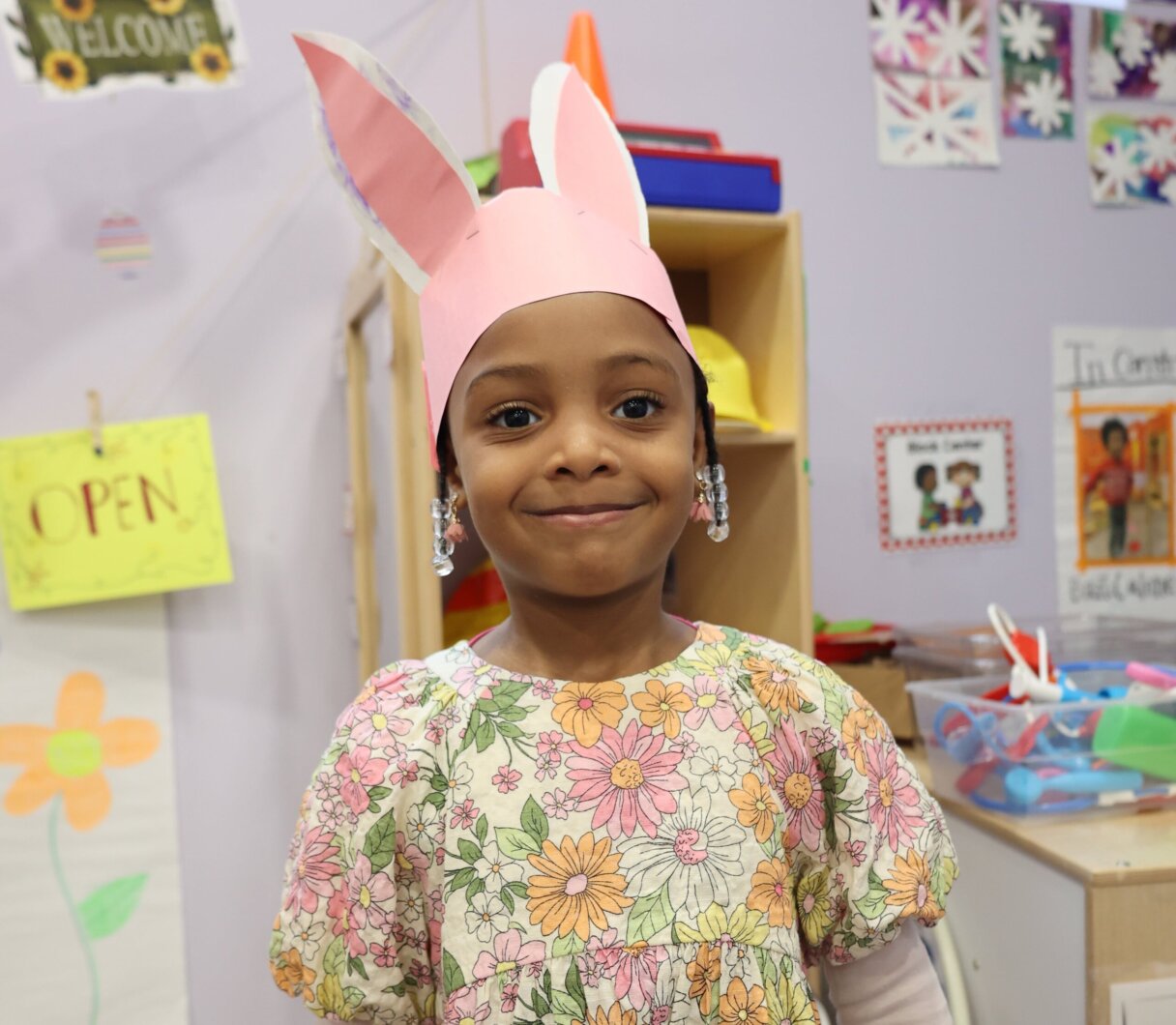
Conclusion
Celebrating Easter with kids is not just about observing a festive tradition; it’s about creating memorable experiences that children will cherish. Through the various activities, crafts, and stories shared, we can teach them about new beginnings, the joy of spring, and the value of cultural stories. Easter provides a splendid canvas for children to explore their creativity, learn about the natural world, and engage in meaningful traditions.
Encouraging creativity and inclusivity in Easter festivities ensures that every child feels valued and included, fostering a sense of community and belonging. By integrating a variety of activities and customs, we can cater to the diverse backgrounds and interests of the children in our care, making the celebration more enriching and enjoyable for everyone.
Join us at Little Scholars Daycare for celebrations filled with fun, learning, and creativity! Let’s make this springtime special for our little learners. Contact us today to learn more and secure your spot in our programs!

